Unveiling the Mysteries of the Bacchanalia
Journey into the captivating world of Greek Bacchanalia, ancient rituals honoring Dionysus, the god of wine, theatre, and ecstatic liberation. These vibrant celebrations, steeped in myth and ritual, weren’t just wild parties; they offered a glimpse into the ancient world’s connection with the divine.
The Rites of Dionysus: A Blend of Revelry and Ritual
Dionysus, the life of the party in the Greek pantheon, embodied freedom, ecstasy, and a profound connection to nature. His devotees, the Bacchantes (women) and Maenads, formed a passionate following, gathering for rituals often held in the wilderness. These gatherings combined elements of music festivals, religious ceremonies, and unrestrained revelry, fueled by wine, music, dance, and possibly other activities lost to history. Discover the captivating tales spun by the renowned greek teller of fables, whose narratives often echoed these themes.
Celebrations like the Greater Dionysia in Athens weren’t merely drunken revels but significant cultural events featuring theatrical performances, including some of the earliest known plays. The Anthesteria, another important festival, marked the opening of new wine, a joyous occasion akin to a modern vineyard’s grand opening.
From Greek Celebration to Roman Controversy
Around 200 BC, the cult of Dionysus spread to Rome, where the Bacchanalia took on a more secretive character. This secrecy sparked anxiety among Roman authorities, who feared potential social unrest and conspiracies hidden beneath the veil of ecstatic dance and wine-fueled revelry. This concern over social order mirrors anxieties seen throughout history, often surrounding unconventional religious practices.
This tension culminated in 186 BC with the Senatus consultum de Bacchanalibus, a decree issued by the Roman Senate that imposed strict regulations on the Bacchanalia. While not entirely banned, the rituals were brought under state control, likely to maintain order and prevent potential uprisings. This suggests the authorities perceived the secrecy and potential for uncontrolled behavior as a threat to Roman stability.
Despite the Roman crackdown, the Greek Bacchanalia left an indelible mark on art, literature, and our modern understanding of uninhibited celebration. Paintings depicting revelers and mythical creatures like satyrs, often inspired by Bacchanalia, continue to capture our imagination. The enduring allure of these ancient parties may reflect a timeless human need for release, connection, and a sense of belonging to something greater than ourselves. This resonates even today, as some scholars suggest. Further research into ancient religious practices may shed more light on the complex nature of these fascinating rituals. You might also be interested in exploring the figure of Cupid’s Greek counterpart to further delve into the world of ancient mythology.
Paris Olympics Opening Ceremony: Dionysus or Da Vinci? Deconstructing the “Last Supper” Controversy
The 2024 Paris Olympics opening ceremony ignited a firestorm of controversy with a tableau that some viewers interpreted as a recreation of Da Vinci’s “The Last Supper.” This perceived resemblance sparked accusations of religious mockery, prompting the organizers to clarify that the scene depicted Dionysus, the Greek god of wine and revelry, and conveyed a message against violence. However, this explanation hasn’t entirely quelled the controversy, with some still questioning the intent behind the imagery. This incident highlights the complexities and challenges of using symbolism in a global context, where interpretations can vary widely based on cultural and individual perspectives.
Understanding the Bacchanalia: Context is Key
To fully grasp the controversy, we must delve deeper into the world of the Bacchanalia. These ancient Greek festivals honoring Dionysus were renowned for their enthusiastic celebrations, incorporating music, dance, and ecstatic experiences. These weren’t mere parties; they were deeply spiritual experiences for many, a way to connect with the divine and experience a sense of liberation.
The nature of these celebrations varied across regions. In Athens, the Bacchanalia were integral to major festivals like the Greater Dionysia, combining theatrical performances with ritualistic elements. The Anthesteria, another Athenian festival, celebrated the opening of new wine barrels, promising a particularly spirited celebration.
The Romans, initially receptive to the Bacchanalia, later grew apprehensive about the potential for social unrest arising from these large, unregulated gatherings. Around 186 BC, the Roman Senate, aiming to maintain order and control, issued the Senatus consultum de Bacchanalibus, imposing restrictions on the celebrations. This highlights the enduring tension between religious expression and social order.
The Paris Olympics Tableau: A Misinterpretation?
The tableau presented during the Paris Olympics opening ceremony involved dancers, drag queens, and a DJ in a fashion show format. Certain camera angles created a visual similarity to Da Vinci’s “The Last Supper,” leading to widespread misinterpretation, particularly among Christian viewers. The official Olympics X (formerly Twitter) account clarified the scene’s intended meaning, stating it was meant to depict a scene of revelry and convey a message against violence through the figure of Dionysus, while other theories suggest a possible nod to both religious imagery and classical culture. The absence of a definitive statement has fueled speculation and kept the controversy alive.
Interpreting art, especially in a large-scale performance, is inherently subjective. Different viewers bring their own perspectives, experiences, and biases, leading to diverse interpretations. The resemblance to a universally recognized image like “The Last Supper” made a particular interpretation almost inevitable for some.
This incident underscores the importance of understanding historical and cultural context when interpreting artistic expressions. It encourages us to look beyond surface similarities and consider the deeper meanings and intentions behind cultural performances. It also reminds us that dialogue and open-mindedness are crucial for navigating the complexities of intercultural communication.
Unmasking the Bacchanalia: The Secret Rites and Scandalous History of Rome’s Wine-Fueled Festivals
Let’s delve further into the specific elements of the Bacchanalia. These gatherings, dedicated to Dionysus/Bacchus, were characterized by intoxicating energy and a blend of ritual and revelry. The Roman Bacchanalia, in particular, developed a reputation for being wilder than their Greek counterparts. While the Greek Dionysia likely resembled community festivals with music, dancing, and theatrical performances, the Roman version probably became more secretive and exclusive, perhaps even developing an underground vibe.
Inside the Rites: Wine, Music, and Ecstasy
The core elements of the Bacchanalia included:
-
Wine as a Sacred Potion: Wine wasn’t simply a beverage; it was considered a sacred potion, a conduit to the divine. Participants likely believed that consuming wine allowed them to commune with Dionysus, potentially leading to altered states of consciousness.
-
Dance as a Path to Trance: Music and dance were central, with participants engaging in frenzied movements, driven by the rhythms of drums, flutes, and cymbals. This likely created a trance-like atmosphere, heightening the sense of ecstatic connection.
-
Costumes and Transformation: Participants adorned themselves with animal skins, ivy wreaths, and masks, symbolizing the wild, untamed spirit of Dionysus. This attire facilitated a symbolic transformation, blurring the lines between human and animal, mortal and divine.
-
Rituals of Reverence: Amidst the revelry, rituals were performed, including animal sacrifices and offerings of wine, honey, and fruits. These acts likely sought to honor and appease Dionysus.
From Public Celebration to Secret Society and Back Again?
As the Bacchanalia gained popularity in Rome, rumors of illicit activities and moral debauchery circulated, possibly fueled by the festivals’ increasing secrecy. Some historians suggest they might have even evolved into secret societies with their own rituals and codes. This air of mystery and exclusivity contributed to growing anxieties surrounding the festivals.
In 186 BC, the Roman Senate, concerned about social order and potential threats to their authority, launched an investigation into the Bacchanalia. The resulting Senatus consultum de Bacchanalibus effectively banned the festivals across Italy.
Unraveling the Mysteries
Our understanding of the Bacchanalia remains incomplete, relying on limited historical accounts and archaeological evidence. Many questions persist. Were they truly as unrestrained as some sources suggest? Or were these accounts exaggerated to justify their suppression? These questions continue to fascinate scholars today, with theories ranging from the Bacchanalia serving as a social release valve to holding deeper spiritual significance.
Key Ideas to Remember:
- Ecstatic Celebrations: Participants sought ecstatic experiences through frenzied dancing, wine-induced trances, and other rituals.
- Honoring Dionysus/Bacchus: The festivals celebrated the god of wine, theater, and the raw power of nature.
- Controversial Gatherings: The secretive nature of the Roman Bacchanalia led to rumors of immoral behavior and ultimately their suppression by the Senate.
- Enduring Legacy: Despite their controversial history, the Bacchanalia have captured our imagination, symbolizing uninhibited revelry and the human desire for connection with something larger than ourselves.
While the full extent of what transpired during the Bacchanalia may remain elusive, they offer a captivating glimpse into an ancient world where the boundaries between the sacred and the profane, the human and the divine, became intriguingly blurred. The enduring legacy of the Bacchanalia speaks to a fundamental human desire for release, connection, and perhaps, a touch of controlled chaos.
Decoding the Bacchanalia: Myths, Rituals, and the Roman Crackdown
The Bacchanalia, vibrant Roman festivals honoring Bacchus, evolved from secretive fertility rites to public revelries marked by wine, ecstasy, and ultimately, scandal. These celebrations, deeply rooted in the Greek Dionysia, offer a fascinating window into the religious and social dynamics of ancient Rome.
The term “Bacchanalia” itself encompasses a range of festivities dedicated to Bacchus (the Roman equivalent of the Greek god Dionysus), the deity of wine, freedom, intoxication, and ecstasy. These gatherings, initially perhaps secretive rites centered around fertility, gradually transformed into more public and elaborate celebrations.
These rituals, shrouded in an air of mystery, likely involved a blend of wine consumption (seen as a sacred act), music, dancing, and other practices designed to induce ecstatic states. The female followers of Bacchus, known as Maenads, were particularly associated with wild and unrestrained behavior. The festivals’ atmosphere of liberation and uninhibited expression sometimes clashed with traditional Roman values of order, restraint, and social hierarchy.
Accounts, however, probably from biased sources seeking to justify their suppression, suggest that by 186 BC Roman authorities, anxious about these gatherings’ secretive nature and the potential for unrest, launched an investigation revealing allegations of conspiracy, immorality, and other transgressions. The Roman Senate’s reaction, culminating in the Senatus consultum de Bacchanalibus, reflects a power struggle between emerging religious practices and the state’s desire to maintain control. This decree imposed strict regulations on the Bacchanalia, effectively suppressing their unregulated practice.
The term “bacchanalia” has transcended its historical context, now signifying any unrestrained or drunken revelry. Artists throughout history, inspired by the concept of unrestrained celebration, have depicted bacchanals as scenes of revelry often featuring mythical figures like satyrs and Silenus alongside Bacchus (Dionysus), adding another layer to the enduring legacy of these complex rituals.
- Unveiling the Enigma: Mansoureh Khojasteh Bagherzadeh’s Public Appearances & Private Life in Iran - July 18, 2025
- Unveiling the Mystery: Mansoureh Khojasteh Bagherzadeh’s Husband: A Rare Glimpse into a Private Life - July 18, 2025
- Unveiling Masoud Khamenei’s Mother: Power, Influence, and Iran’s Future - July 18, 2025
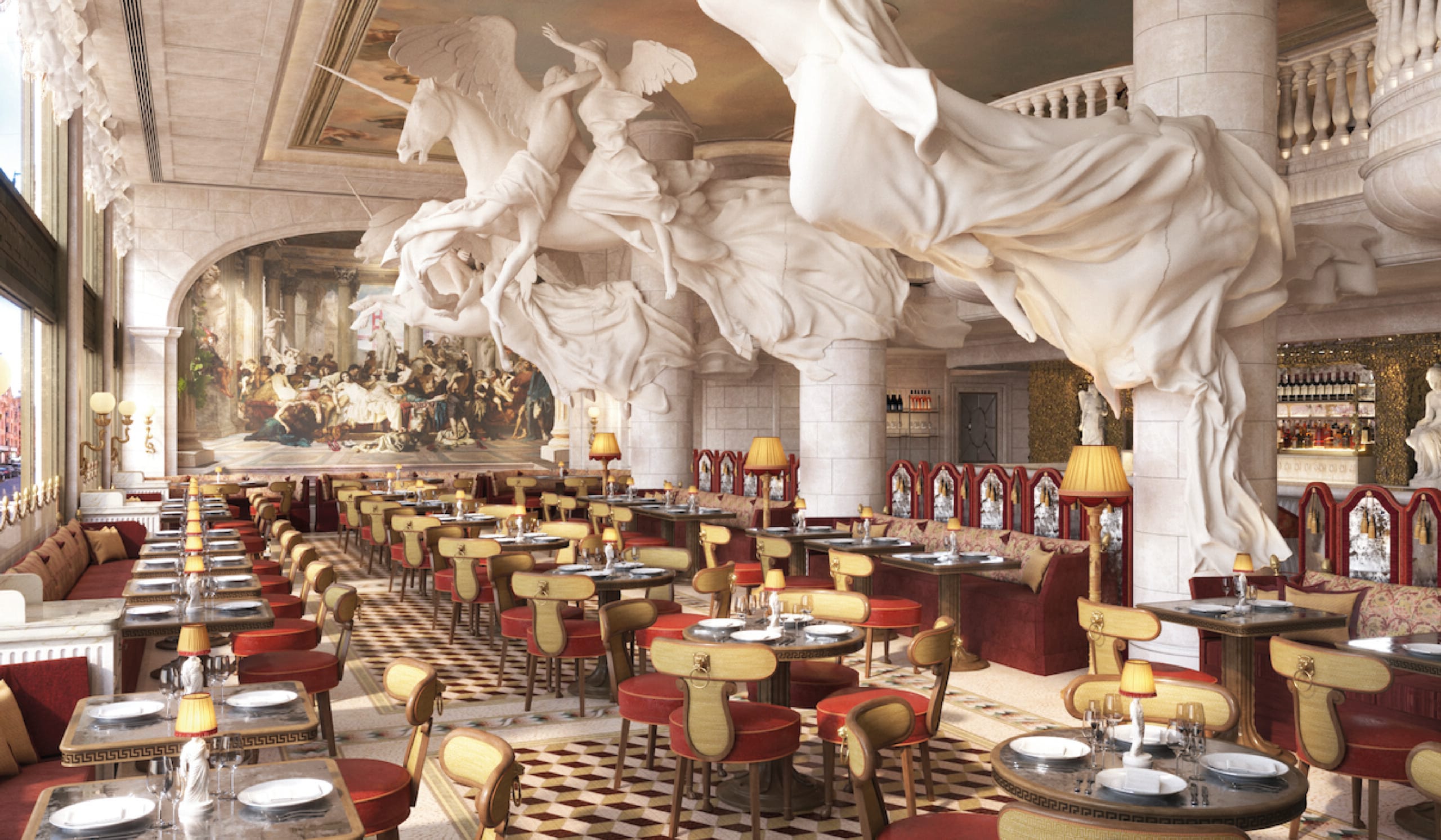
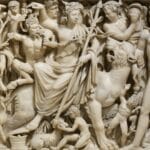

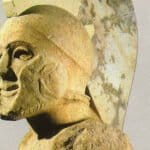
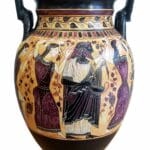
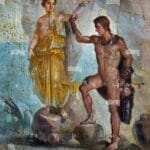











1 thought on “The Wild Ecstasy of Greek Bacchanalia: Rituals, Myths, and Roman Controversy”
Comments are closed.